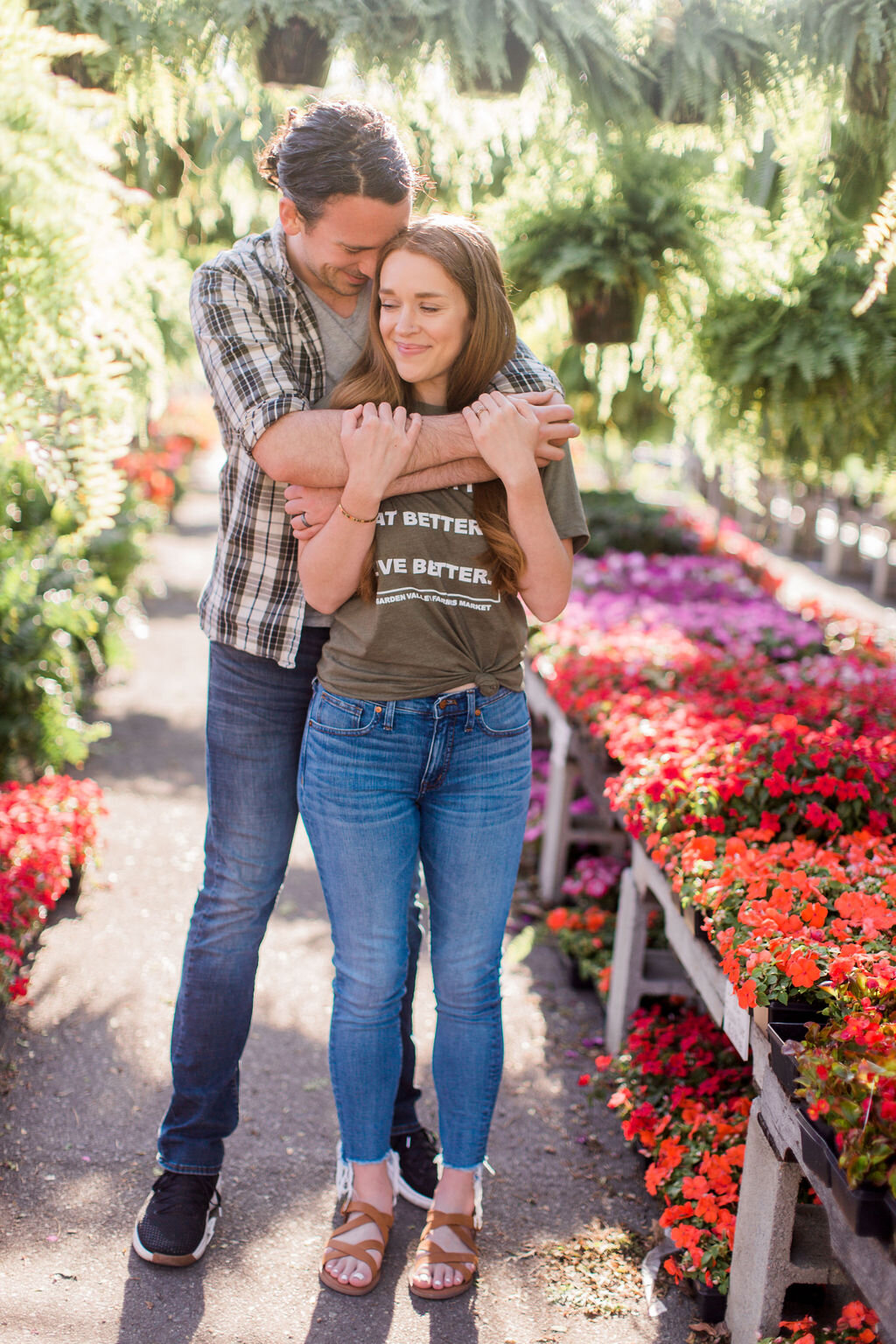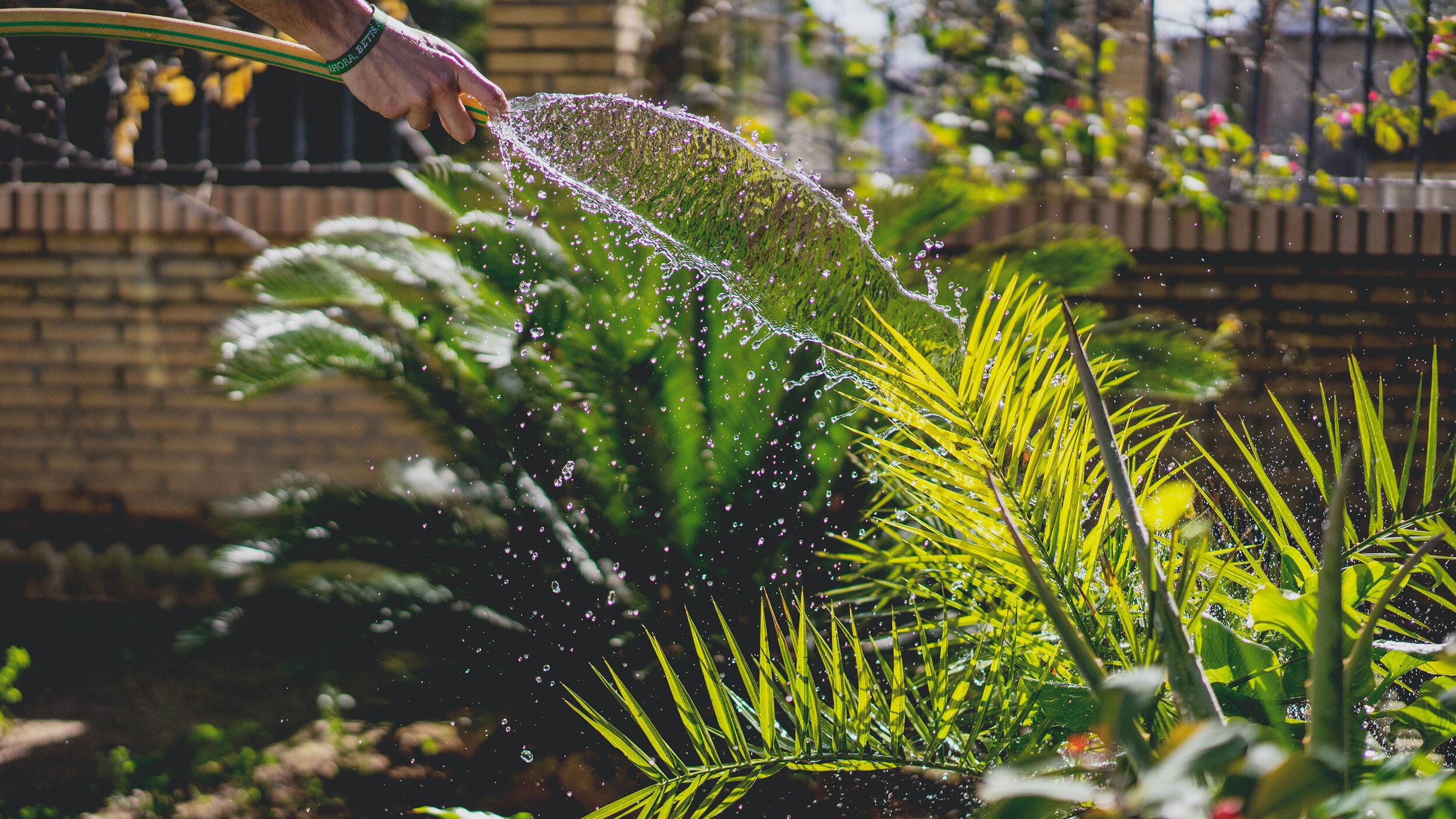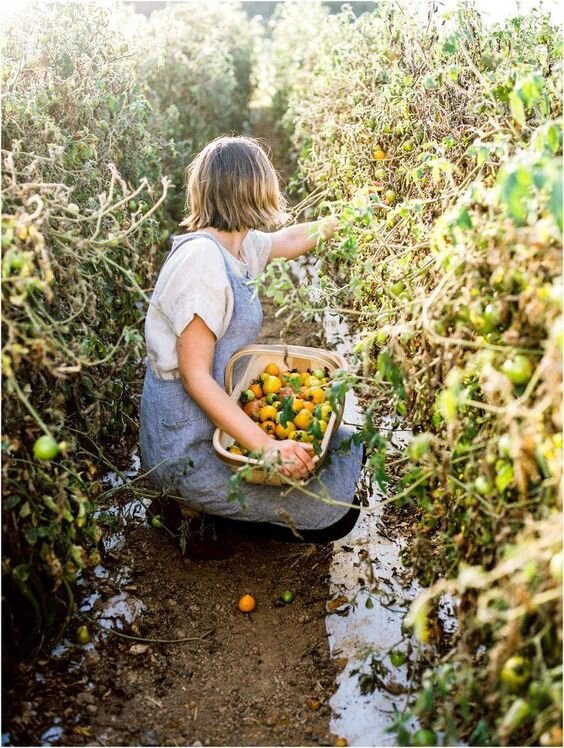
B L O G
How and When To Prune Your Shrubs
Pruning is an essential part of a plant’s life. Not only does it make your shrub look refreshed, but it also encourages healthy growth and sustainability for your plant to last year after year. And if you follow these steps on how and when to prune your shrubs, you’ll having your gorgeous shrubs lasting quite a long time.
Pruning is an essential part of a plant’s life. Not only does it make your shrub look refreshed, but it also encourages healthy growth and sustainability for your plant to last year after year. And if you follow these steps on how and when to prune your shrubs, you’ll having your gorgeous shrubs lasting quite a long time.
Why You Should Prune Your Shrubs
So why do it? Well, as plants grow, mature, and produce seeds/fruit/flowers, a little bit of maintenance and love is required from us. Pruning is the act of removing branches, leaves, and buds from a plant in order to make it more attractive, or to maintain its health.
Why take the extra time? Because your plant relies HEAVILY on it. Pruning removes any dead, dying, or diseased portion of the plant and helps to prevent spreading any disease throughout. Pruning also allows more light and air to pass throughout the plant, giving it more nutrients and allowing room for new growth.
Another common reason to prune would be what’s called “training” or “shaping”, which is when you want to shape a tree, hedge, or shrub. Training is accomplished by cutting branches to restrict growth. It also reduces the amount of branches, so an increase in energy and nutrients can go to all the other stems to produce more flowers/fruit.
When to Prune
It's important to remember to research your plant's specific needs, because no plant is the same as the other. However, here is a basic guideline that can assist you when there are no resources at hand:
Flowering Shrubs- prune immediately after blooming has ended
Non-Blooming Shrubs- prune late Winter or early Spring
Seasonal Pruning Guideline
Late winter is usually a time to prune fruit trees, non-flowering shrubs, trees, hedges, and berried shrubs/trees.
Spring is a time to prune any summer flower shrubs that have not bloomed yet.
Late spring pruning involves cutting back spring flowering shrubs that have already bloomed.
Summer is a great time to prune summer flowers after they have finished blooming.
Fall is a great time to prune roses, and also to remove any annuals that are finished with their season.
How to Prune
The two ways to prune your plant are by Heading + Thinning.
1. Heading
Heading is cutting off part of a branch in order to make the rest of the remaining branch stronger. It is used when new growth is wanted. If you are wanting new growth, you will want to cut the branch/stem just above the bud at an angle, remembering not to cut too close to the bud, but also not too far away. It may sound complicated, but we would be glad to show you how this achieved if you stop by one of our locations here in North Carolina.
2. Thinning
Thinning is cutting off a branch at its origin to prevent any new growth. This could include cutting to the main trunk or even to the ground. Often times a “thinning” technique is used when you are wanting to increase air flow and light to the plant. This helps to prevent diseases and boosts the bud and fruit production.
Pruning is an art that can seem complicated and difficult at first. But, once the basics are learned, it can become a freeing and therapeutic experience. And maybe we, as humans, can take a few principles from pruning, and apply them to our lives to make us stronger and healthier versions of ourselves. Because sometimes removing something, can actually be freeing at the end of it all.
Happy Pruning,
Your GVM Team
A Stroll in the Market
A peaceful, relaxing evening filled with fresh produce and gorgeous blooms make this date night inspiration any couple’s dreams come true.
The day was perfect as Haylie and Ben strolled through our market with Iced Lattes from The Blend & Co., a local coffee shop located in downtown Burlington. The lattes made the perfect addition to an afternoon filled with all things plants and fresh produce. As they strolled through the aisles, holding hands and carrying a gorgeous Apolis bag, it truly was the perfect setting for a peaceful and joyful evening. Through the recent global health pandemic, one thing has remained constant in it all… Garden Valley Farmers Market is always a place you can feel at peace, and at home. And this evening perfectly reflected that. DiPrima Photography flawlessly captured the essence of this beautiful couple in this peaceful setting. With her light filled images, it truly reflects how the Light of our Savior is in Garden Valley, and we hope that you feel this Light as well when you visit with us.
The Talented Team
Jeans- Madewell
Shirt- Garden Valley Farmers Market
Market Bag- Apolis
Photography- DiPrima Photography
Venue- Garden Valley Farmers Market
Iced Lattes- The Blend & Co
Models- Ben and Haylie Abele from Our Balanced Bowl
Song- “You’re Gonna Be Okay” by Andrew Laparra
Gardening for a Beginner; All About In Ground Gardens
In ground traditional gardens are definitely the most budget friendly of the gardens because you aren’t paying for any extra materials. And with just a little bit of manual labor, you can have the garden you’ve always dreamed of! And we’ve got the best tips and tricks on how you can start your very own traditional in ground garden.
In ground gardens are definitely the most budget friendly of the gardens becuase you aren’t paying for any extra materials, but they do take a bit of manual labor to get started. But don’t worry, we’ve got the best tips and tricks on how you can start your own
I N G R O U N D G A R D E N .
(You can also check out our other two posts in this
3 part series on how to start either a Container Garden or a Raised Bed Garden)
W H E R E T O G R O W
As is the same with raised beds, the location of your garden really just depends on what you’re wanting to grow. If you’re growing vegetables like tomatoes, cucumbers, or squash/zucchini you will need a space with FULL sun, which is 6 or more hours of sunlight. But if you have an area that has less than 6 hours of sunlight exposure, maybe try growing broccoli, carrots, or cabbage. It’s also beneficial for you to know which USDA zone you live in, which you can find here.
W A T E R I N G
DRAINAGE
Before choosing your location for your beds, make sure that your beds are not in a location where there is flooding. Flooding causes your roots to rot, which means no bueno for your plants.
WATERING
The best way to know if you are needing to water your plants is the standard test for any plant. Stick your finger about 3 inches into the soil and it should feel slightly damp. If not, you’re probably due for a good watering. Also know that if it’s the hottest part of the day and your plants seem to be really sad and wilted, it might not mean that they need water. They often do this to reserve water. For this reason, checking the soil is always the best indicator on whether your plant needs water or not.
HOW TO WATER
You can water each day with a plain old hose and water individually. If you do choose this method, be careful to not get the leaves wet as this can encourage fungus growth. Another option is by using a soaker hose. Although the best option for an in ground garden might be a drip irrigation system, as this can help get a specific watering amount that is unique to each plant. But either way, just make sure to water regularly so that your plant does not stress out. (And overhead sprinklers are quite inefficient, encourage fungus, and wastes water, so we do not recommend this method.)
S I Z E
You literally can choose whatever size you want, but one thing you might want to remember is to not “let your eyes be bigger than your stomach” or so to speak. If you’re first starting out, maybe try smaller this year, and then just add to it each year once you get the hang of things.
S O I L
For in ground gardens, the best part is that you already have soil! All you probably need to do is just get your soil tested to see what you need to add to set your plants up for success. (Here is a helpful article on that here). It might also be good to add a layer of fertilizer, compost, and top soil in combination with your grounds natural soil. This will help to give your vegetables, fruits, and flowers a huge boost and keep them thriving.
S U P P O R T
Surprise, surprise, surprise, your plant is growing! YAY! But don’t sabotage it by not providing it with enough support. Plants that climb and grow up like tomatoes need support to hold them up. This helps not only keep the fruits from touching the ground, but allows for better sunlight and aeration to reach through the plant.
You can support your plant by building a “teepee” with some cane sticks and just tie the main branches to the cane as it grows.
F E R T I L I Z E
To give your flower and vegetable plants a better chance, we advise working some fertilizer into your soil. Sprinkle a layer of fertilizer evenly over the top of the soil, work into your soil, and water it. Ideally this needs to be done 1 week or two before your start planting so that it has enough time to break down, but if not it’s not a huge deal. You can follow the directions on your fertilizer’s packaging as to how much to give your soil. Also remember that too much fertilizer can actually harm your plants, so please follow the directions.
G E T T I N G S T A R T E D
Before starting, decide what you want to plant. For example, if you’re wanting to plant vegetables/fruit, ask yourself what you enjoy eating. What foods are sometimes expensive in the grocery store but you think would grow well in your container? Try those out and see how amazing gardening for yourself can actually be!
WHEN STARTING WITH SEEDS
This process takes more time to see the “fruits” of your labour, but you are able to have more of a variety in which plant you actually want, because your local garden center may not have access to those starters. But always be sure to check with your garden center, aka Garden Valley for those of you local to the Triad of North Carolina. You can also check out this post we released last year on why shopping local is important.
When starting with seeds, vegetables will generally need to be propagated into seedlings before they are placed into your pot. You can reuse some old plastic containers that you’ve used for food like yogurt containers, egg shells, citrus peels, . Plastic is preferable in the instance because it retains moisture much better than a clay pot. Whatever container you do use, make sure it is clean and that you poke holes into the bottom to allow for drainage.
WHEN STARTING WITH STARTERS
With starters, the process is shortened and there is a better likelihood that your plant will survive. And we have plenty of starters vegetables and flowers to choose from at Garden Valley!
H O W T O S T A R T
Begin by removing the grass and weeds with a sod cutter, shovel. You can also do this if you’ve planned ahead and cover with black plastic for about a month or so.
Til the area and remove and remove and big roots or rocks
Test pH level if you’re able to as this will help your soil be well balanced.
Spread about 2-4 inches of old compost or manure, and add anything that your soil might need to balance the pH levels.
Mix all of the soil together well
Plan the layout by placing your plants where they will go, and remember to keep the mature plant in mind to avoid overcrowding
PLANT YOUR HEART OUT <3
(When planting, remember to also look at how deep your plant likes to be planted, as some only like
to be just below the surface, and some plants like to be planted deep into the soil.)
Don’t forget to leave us a comment below and let us know what you’re excited to plant this year!
Thank you so much for joining us here. For more information on what Garden Valley Farmers Market is about, you can visit us here. If you’re wanting to visit with us, come by any of our five North Carolina locations. If you’re wanting to follow along with us, you can do so either on our Facebook, Youtube, or our Instagram. And if you’re wanting to check out our other recipes and blog posts, or are needing more inspiration, follow us on our Pinterest. We’d love to have you join us in our journey of planting better, eating better, and living better.
Much love,
Your Garden Valley Farmers Market Team
Gardening for a Beginner; All About Raised Garden Beds
Raised beds are becoming very popular lately, and there’s a reason why: once built, they help protect your back, have less weeds, provide good drainage for your plants (if done right), allow for better weed control, can build anywhere in your yard, AND you can take them with you if you ever have to move houses. Learn all about how you can start your very own raised bed or the in ground garden of your dreams.
Last week, we discussed all about how you can start a container and grow bag garden for yourself, but if you’re wanting to try your hands at something different and have some room in your yard, this post is for you! Raised beds are becoming very popular lately, and there’s a reason why: once built, they help protect your back, have less weeds, provide good drainage for your plants (if done right), allow for better weed control, can build anywhere in your yard, AND you can take them with you if you ever have to move houses. Learn all about how you can start your very own raised bed or the in ground garden of your dreams.
W H E R E T O G R O W
The location of your garden really just depends on what you’re wanting to grow. If you’re growing vegetables like tomatoes, cucumbers, or squash/zucchini you will need a space with FULL sun, which is 6 or more hours of sunlight. But if you have an area that has less than 6 hours of sunlight exposure, maybe try growing broccoli, carrots, or cabbage. It’s also beneficial for you to know which USDA zone you live in, which you can find here. If you’re wanting to speak with an expert on what to grow, you can visit any of our Garden Valley locations and we would be happy to assist you in what to plant this spring!
W A T E R I N G
DRAINAGE
Before choosing your location for your beds, make sure that your beds are not in a location where there is flooding. Flooding causes your roots to rot, which means no bueno for your plants.
WHEN TO WATER
The best way to know if you are needing to water your plants is the standard test for any plant. Stick your finger about 3 inches into the soil and it should feel slightly damp. If not, you’re probably due for a good watering. Also know that if it’s the hottest part of the day and your plants seem to be really sad and wilted, it might not mean that they need water. For this reason, checking the soil is always the best indicator on whether your plant needs water or not.
How To Water
You can water each day with a plain old hose, or you can invest in a soaker hose that seems to be the most effective way of watering your garden. Either way, just make sure to water regularly so that your plant is not stressed out. Also, we don’t recommend overhead sprinklers because we find them to be quite inefficient. They also encourage fungus growth, and waste water.
S I Z E
You really could choose any size and shaped bed that you want, but it’s important to make sure that it is not too wide so that you’re able to reach to the middle of the bed easily. For this reason, we recommend a bed that is no more than 4 feet width for easy access.
S O I L
You could go to a chain supply store and get bagged soil, but we recommend you go to your local landscape supply company and get your raised bed soil from them. If you give them the dimensions, they will know how much you will need, already have a raised bed soil recipe mixed for you, and sometimes offer delivery if you don’t have access to a truck. The type of soil is important for raised beds as well, because you want one that is loose and full of organic matter so your plant will thrive and not drown. If you’re wanting to create the soil recipe yourself, here is a good blog post on some recipes you can get started with.
S U P P O R T
Surprise, surprise, surprise, your plant is growing! YAY! But don’t sabotage it by not providing it with enough support. Plants that climb and grow up like tomatoes need support to hold them up. This helps not only keep the fruits from touching the ground, but allows for better sunlight and aeration to reach through the plant.
You can support your plant by building a “teepee” with some cane sticks and just tie the main branches to the cane as it grows.
F E R T I L I Z E
To give your flowers and vegetable plants a better chance, we advise working some fertilizer into your soil. Sprinkle a layer of fertilizer evenly over the top of the soil, work it into your soil, and water it. Ideally this needs to be done 1 week or two before your start planting so that it has enough time to break down, but if not it’s not a huge deal. You can follow the directions on your fertilizer’s packaging as to how much to give your soil. Also remember that too much fertilizer can actually harm your plants, so please follow the directions.
G E T T I N G S T A R T E D
Learn how to build a raised bed here.
Before starting, decide what you want to plant. For example, if you’re wanting to plant vegetables/fruit, ask yourself what you enjoy eating. What foods are sometimes expensive in the grocery store but you think would grow well in your garden? Try those out and see how amazing the produce can taste!
WHEN STARTING WITH SEEDS
This process takes more time to see the “fruits” of your labour, but you are able to have more of a variety in which plant you actually want, because your local garden center may not have access to those starters. But always be sure to check with your garden center, aka Garden Valley for those of you local to the Triad of North Carolina. You can also check out this post we released last year on why shopping local is important.
When starting with seeds, vegetables will generally need to be propagated into seedlings before they are placed into your pot. You can reuse some old plastic containers that you’ve used for food like yogurt containers, egg shells, citrus peels, . Plastic is preferable in the instance because it retains moisture much better than a clay pot. Whatever container you do use, make sure it is clean and that you poke holes into the bottom to allow for drainage.
WHEN STARTING WITH STARTERS
With starters, the process is shortened and there is a better likelihood that your plant will survive. And we have plenty of starters vegetables and flowers to choose from at Garden Valley!
H O W T O S T A R T
1. Remove about an inch or two of the top soil where the bed will lay on after you’ve built your raised beds. This creates a nice little cozy house for your bed to rest on and prevents any soil running out from underneath the bed.
2. Decide whether you want to line the bottom of your bed or not. If you have a ton of grass and weeds where your bed is resting on, we suggest lining the bottom of your bed with landscape fabric, which you can find here, or you could apply a heavy layer of cardboard if you have any lying around. But, if you choose to forego this step, place a good layer of old compost and work into the soil. Then you can place your raised bed in it’s designated spot!
3. Fill bed with the soil mixture you’re wanting. After filling your bed with soil, place your plants in the location you are wanting to plant them, creating a layout before you start digging away. And make sure to keep in mind the mature plant’s size so you can avoid the dreaded over crowding.
4. Plant away! When planting, remember to also look at how deep your plant likes to be planted, as some only like to be just below the surface, and some plants like to be planted deep into the soil.
Thank you so much for joining us here. For more information on what Garden Valley Farmers Market is about, you can visit us here. If you’re wanting to visit with us, come by any of our five North Carolina locations. If you’re wanting to follow along with us, you can do so either on our Facebook, Youtube, or our Instagram. And if you’re wanting to check out our other recipes and blog posts, or are needing more inspiration, follow us on our Pinterest. We’d love to have you join us in our journey of planting better, eating better, and living better.
Much love,
Your Garden Valley Farmers Market Team




































































































